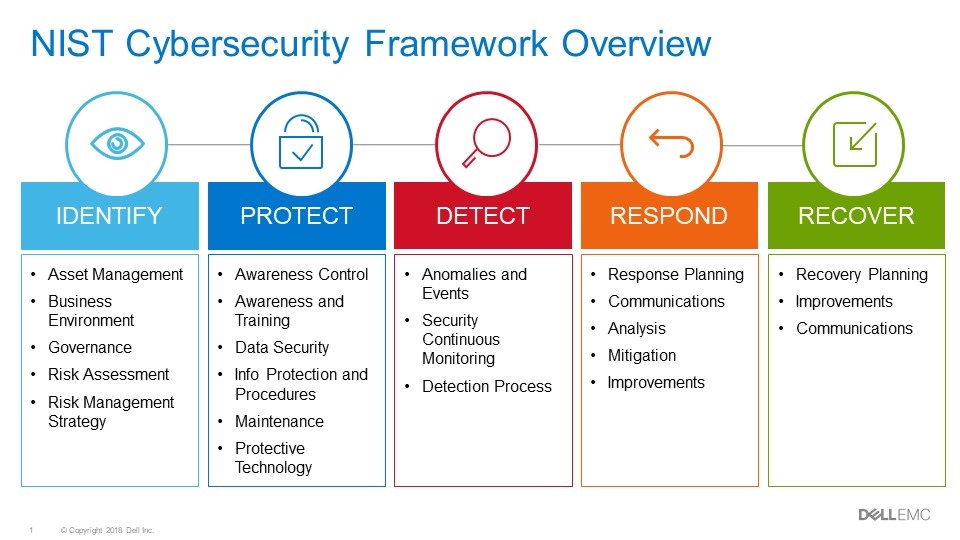Count Your Assets Before They’re Hacked
Why asset management should be your #1 priority today
Pook-Ping Yao,
CEO,
Optigo Networks
|
June 2019 |
[an error occurred while processing this directive] |
|
Count Your Assets Before They’re Hacked Why asset management should be your #1 priority today |
Pook-Ping Yao, CEO, Optigo Networks |

| Articles |
| Interviews |
| Releases |
| New Products |
| Reviews |
| [an error occurred while processing this directive] |
| Editorial |
| Events |
| Sponsors |
| Site Search |
| Newsletters |
| [an error occurred while processing this directive] |
| Archives |
| Past Issues |
| Home |
| Editors |
| eDucation |
| [an error occurred while processing this directive] |
| Training |
| Links |
| Software |
| Subscribe |
| [an error occurred while processing this directive] |
There was a
simpler time, not so long ago, when no one really had to worry about
securing their operational technology (OT) devices; a time when you
could enjoy all the benefits of connectivity and remote access, without
the ‘muss and fuss’ of secure passwords or firewalls.
Those days are gone. As Fred
Gordy so powerfully writes for FacilitiesNet, “Devices are now in the hacker’s
crosshairs.” If that isn’t on your radar, you’re already behind.
I recently wrote about understanding cybersecurity in the context of building
automation systems. Cybersecurity can seem overwhelming, but the
National Institute of Standards and Technology (NIST) framework is a
fantastic way to break down key security elements.

Of
course, each piece in this framework is significant. They all
contribute to a safer, cybersecurity environment.
But there’s one that I really want to highlight for you: it’s
identifying and tracking your assets.
Why asset management?
Asset management is one of the biggest tasks for cybersecurity. At the
end of the day, you can set up all the passwords and firewalls and
virus scanners you want. But if you don’t know what’s on your network,
you can’t protect it. It’s as simple as that.
Yet so many people I talk to are at a total loss of how to manage their
assets. They have out-of-date spreadsheets that no one’s in charge of
maintaining. They don’t know how many devices are on their network. And
they don’t know where to begin with creating a system to keep track of
it all.
How should you start?
You’ll almost certainly go through some trial and error to find a
workflow that suits your organization. It won’t happen overnight. The
right system is really dependent on the size of your network,
criticality of services, how closely the IT and OT departments work
together, and so many other factors.
[an error occurred while processing this directive]As
one example, Princeton University manages devices through a
process
to assign IP addresses. Anyone who wants to install a new device has to
fill out a form and submit it to the central IT organization. This form
specifies what the device is, where it will be located, and other
pertinent details. From there the central IT organization assigns the
IP address, sets up VLANs, and does whatever else is necessary to get
the device up and running. Learn more about how
Princeton manages
devices and IP addresses.
That’s an excellent way to empower everyone to take part in managing
assets, that doesn’t become a scattered array of spreadsheets and
out-of-date lists. For your organization, it might look different.
Maybe you have asset management software that everyone collaborates on
or a spreadsheet that one person owns. The important thing is to start
developing an asset management process.
I know, asset
management is a behemoth of a project. (That’s why so
many people don’t do it!) Even so, getting a handle on your assets is
worth it. Of course, asset management will help make your team more
efficient: you can manage maintenance schedules and budgets, or find
and troubleshoot devices much faster. But cybersecurity should be your
biggest motivator to dust off your device lists.
I urge you to
ask yourself: do you know about every piece of hardware
and software on your network? Do you have an up-to-date record of all
those assets? And do you know who has access to them, physically or
remotely? If you can’t answer those questions, today’s the day to start
changing that.
[an error occurred while processing this directive]
[Click Banner To Learn More]
[Home Page] [The Automator] [About] [Subscribe ] [Contact Us]